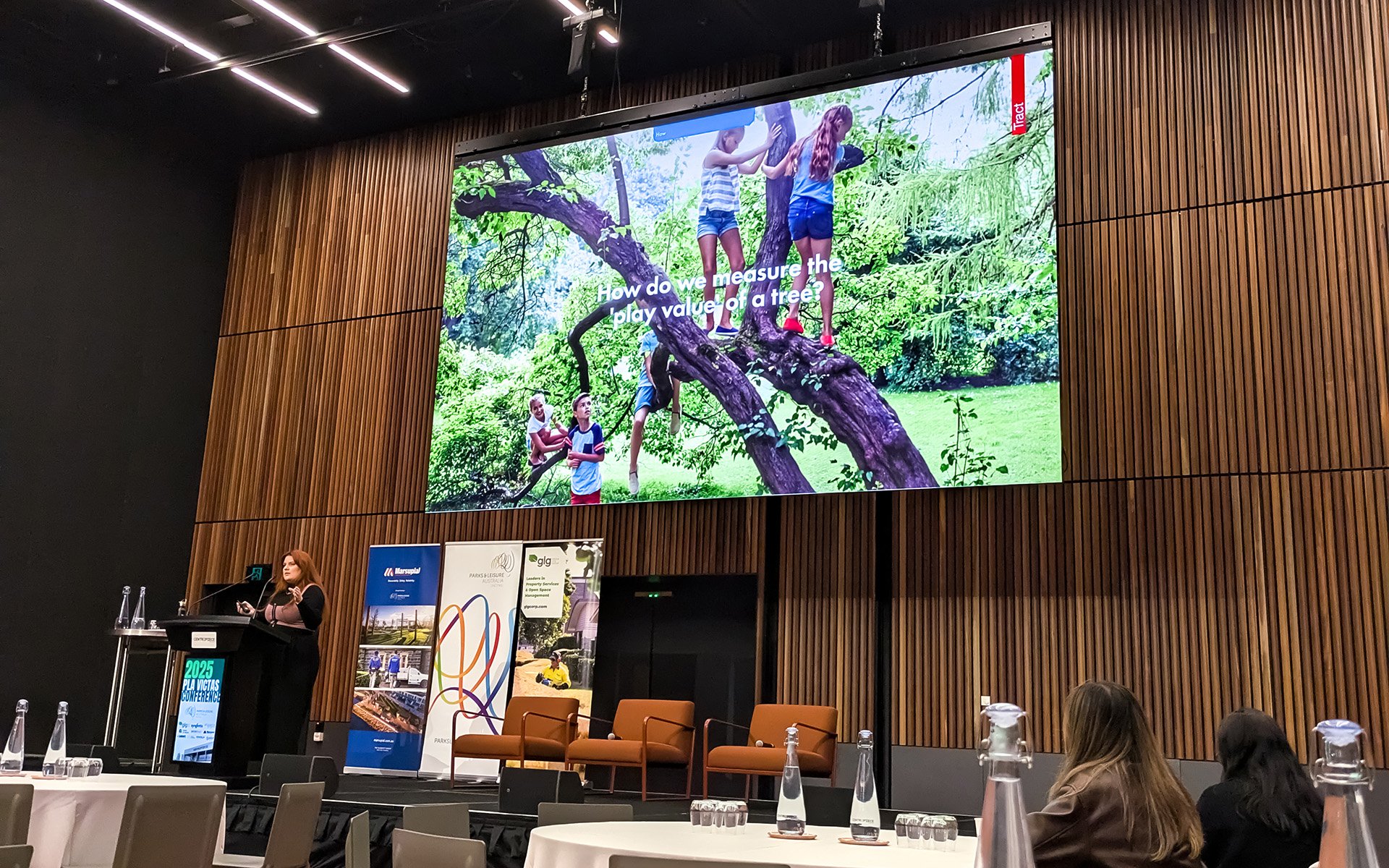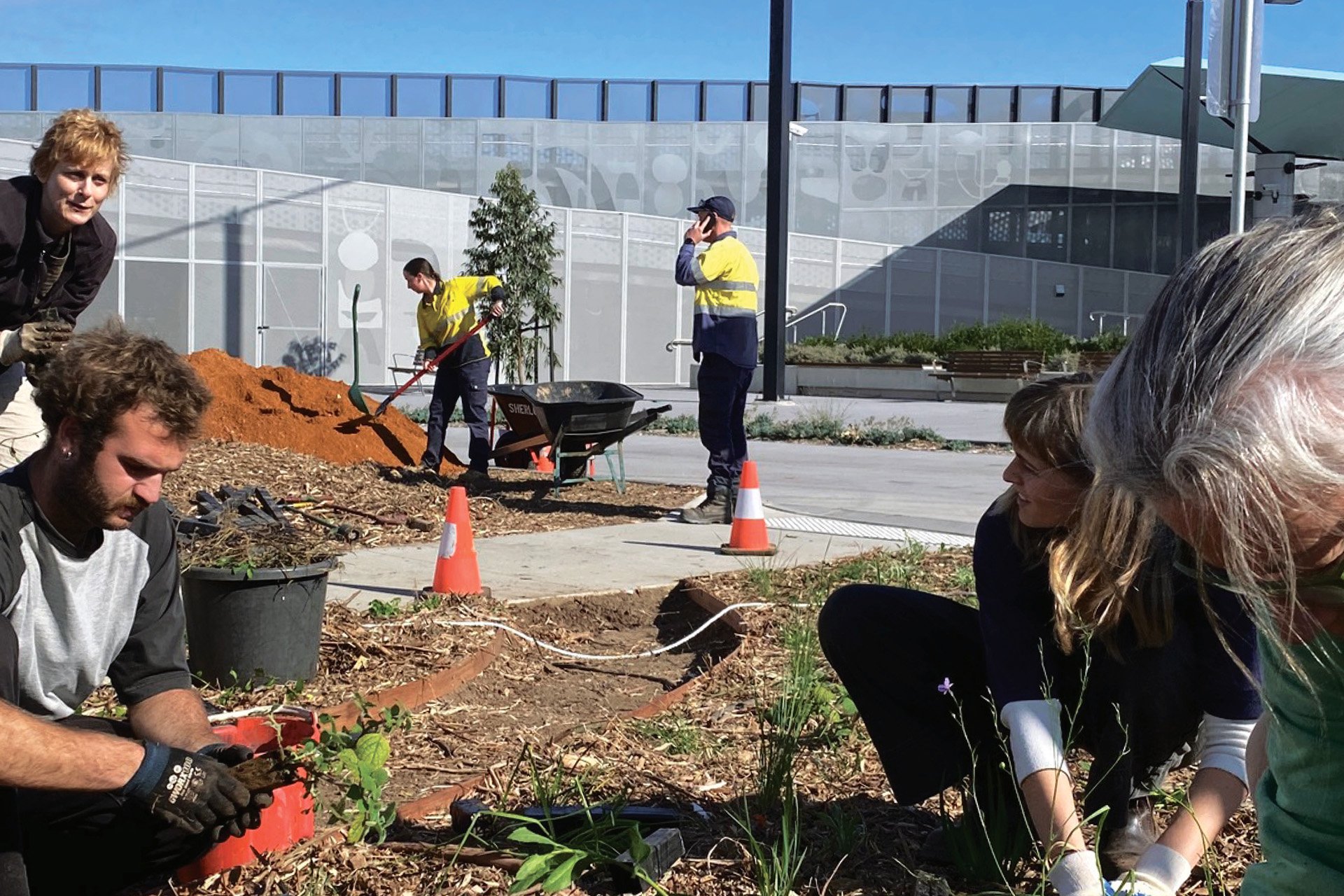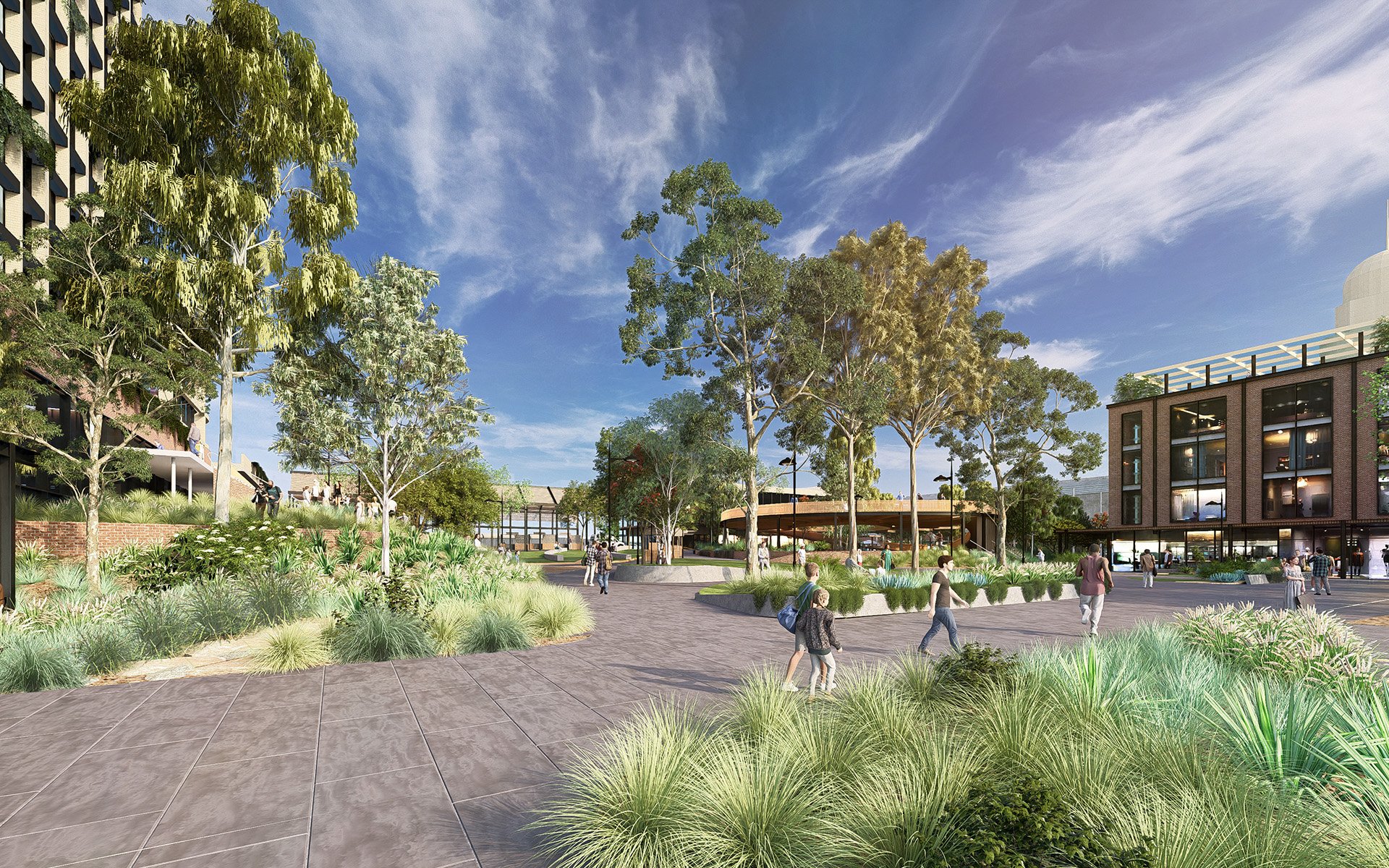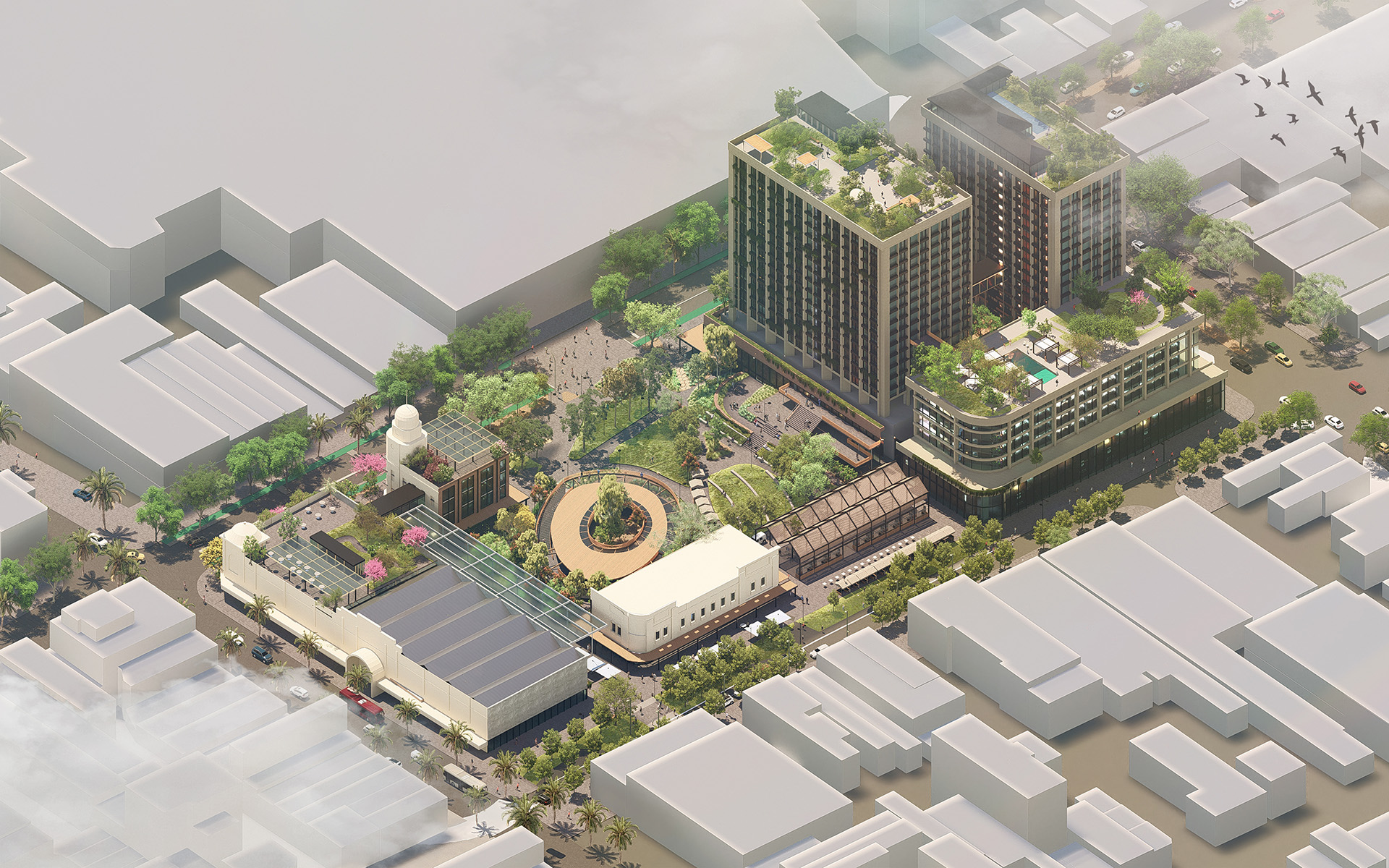Reading
Today we celebrate International Biological Diversity day. The UN proclaimed day seeks to increase understanding and awareness of biodiversity issues with the theme for this year ‘Be part of the Plan’.
Tract has co-funded my PhD with Deakin University, in partnership with an NSW Council to consider how to create co-benefits for nature and people. View our previous blogs that explain the concept.
Below are some initial findings that shed light on how Local Government Area’s can ‘be part of the plan’ to improve biodiversity.
Biodiversity change is a system’s issue
The outcomes that prevail for people and nature in each place, whether a street, school, or Local Government Areas (LGAs), are determined by the interaction between a range of natural and human factors, such as the position of dominant groups, technology, natural features, among others.
These factors combine to create system dynamics that influence positive or negative outcomes for biodiversity and human health in a place (Colding and Barthel 2019).
What is needed; a system transition or transformation?
A transition may mean a change in community and institution norms, rules, beliefs, and practices around understanding and valuing biodiverse nature. Additional power and resources are placed in areas that support ecosystem health. Work is enacted through long term budgets, leadership key performance indicators, community governance and action. Greater networking and integration around biodiversity between Governments, the community, and research institutions informs opportunities. This results in extended and better-quality habitat with flow on benefits through ecosystem services (Moore et al 2014).
A transformation would mean nature’s needs are considered alongside human needs, not subservient to, which may result in a greater propensity to compromise on trade-off’s currently borne by nature and unearth fundamentally different paradigms for living a good life in harmony with nature. This transformation may see large scale conservation areas emerge with nature’s protection and regeneration prioritised over urban sprawl, infill prioritised over green field housing, with infill designed to create healthy spaces for people and biodiverse nature (Maraja et al 2021).
Many argue that a transformation is the only trajectory genuinely available to humanity if we are to operate within planetary boundaries, others acknowledge the very real challenge of enacting this transformation given humanities current consumption focused perspective on a ‘good life’, which informs societies approach to nature (Riechers et al. 2021).

Figure 1: A transition versus a transformation
What trajectories will you target in your transition?
System transitions or transformations are two kinds of system trajectories, but there are others. ‘Adaptation’ where stakeholders attempt to minimise impacts, but no real change is made.
‘Business as usual’ or ‘backlash’ from those who don’t support this change – all result in diminishing outcomes for nature. The actual transition pathway will often ocellate between these trajectories.

Figure 2: Possible Transition trajectories (Adapted from Rogers B et al 2021)
What stage of transition is your system in?
While system transitions unfold in episodes there is diagnostic value in thinking about a transition as stages. Determining what stage your system is at can help to plan a relevant pathway forward.

Figure 3: Transition stages (Adapted from Moore et al 2014; Rogers B et al 2021; Hebinck 2022)
What do you do if your system dynamics make it difficult to prioritise biodiversity?
To drive a nature positive system transition or transformation solutions are needed that respond to the dynamics of the place. A challenging scenario is when a system is in institutional and societal ‘lock in’ to an unsustainable trajectory.
In this case the system must be purposefully and positively transitioned by a collective of change agents with shared intent via initial context specific transition pathways. Many potential desirable transitions do not mainstream because they are not visible or organised in a powerful way (Loorbach 2022).
Who do the change agents need to be?
Diverse membership will be required with stakeholders who can:
- enable change, such as through decision making power, resources, and knowledge.
- connect with others to build alliances and partnerships.
- design the change e.g. urban designers, landscape architects, strategic planners, civil and water engineers, ecologists, public health and public works and community engagement.
- implement the change, such as project managers and public works (Adams et al. 2023).
The group should be led by an area with strategic leverage. As the local situation evolves this group will need to connect with other LGA’s, State Government, community groups, research groups and local institutions, such as the arts.
How can the group of change agents develop context specific transition pathways?
To design and deliver context specific transition pathways a series of designed workshops, events and meetings should be planned to undertake the following scope of work.
- Develop a shared nature positive vision for the place considering both a transition and a transformation. Explore scenarios and solutions. Transition tools such as visioning and scenario planning may be useful.
- Initial transition pathways pursued by the collective will need to dispel doubts through a program of demonstrations, while engaging in transformative learning across key institutions to foster a cultural and structural authorising environment for a nature positive transition.
- To garner support for initial transition activities targeted messaging amenable to different groups across the place will need to be developed. A narrative that highlights the value of biodiversity to the area must be defined and may link to:
- human health, such as reduced asthma and improved mental health.
- biodiversity loss and climate change.
- the circular economy.
- alignment with progressive funders.
- The desire to position the place as leaders.
- This will entail gathering research on the health benefits of biodiverse places and successful case studies. Tools and literature around issue framing and science communication may support this work.
- Scope and progressively deliver networked experiments and demonstration sites. Example solutions for may include:
- Developing geo-spatial green grid projects to consider biodiversity and prioritise a range of projects across an area.
- The development of organisation wide biodiversity strategies.
- Updating local planning controls to address the needs of nature.
- Targeted community engagement and education segmented by cohort.
- Rates and other rebates to developers and residents for addressing biodiversity on their sites.
- Considering how biodiversity could be embedded in existing projects as a cross-cutting theme may highlight other pilot opportunities.
- Socialising the idea of biodiversity infrastructure, as different from green infrastructure may assist with scoping these projects.
- Broad support will be required to drive a transition to a nature positive city. Fostering a network of sustainability champions across the organisation is one way to support this goal. This group will need to be supported with training and empowered to make change across the organisation (Bryant and Thomson 2021; Tuckey et al. 2023).
- Plan and implement transformative learning activities to educate key stakeholders on the value of urban nature to human health and what urban nature needs to thrive.
- Outcomes from the transformational learning, experiments and demonstrations should be included in management key performance indicators and community, operational and other plans.





